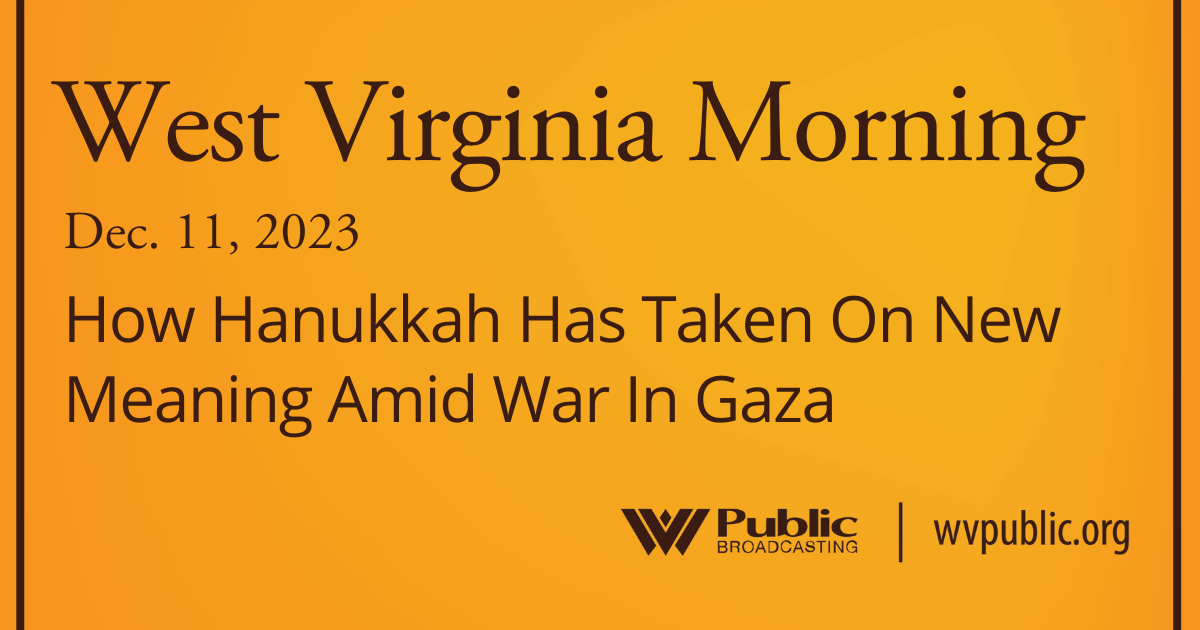As he stood inside a C-130 cargo plane on a tarmac at a West Virginia airport, Chief Master Sgt. Dave Boyles recalled the times he had been strapped in at his tail-window post watching rocket fire rip through the night skies of war-wracked Iraq and Afghanistan.
Boyles is a member of the 130th Airlift Wing of the National Guard, a branch of the military perhaps better known for its role in responding to natural disasters. Since 9/11 and the launch of President George W. Bush’s war on terrorism, however, Guard units have been deployed more often to combat zones — a trend that appears likely to continue as the conflicts in Afghanistan and Iraq drag on and the Pentagon struggles to reverse previous cuts to Army forces.
“We’ve had people gone every year since the global war on terrorism” began, said the 130th’s Capt. Holli Nelson.
In August, President Donald Trump announced that he would add another 3,500 troops to the 11,000 Americans already stationed in Afghanistan. That likely means the burden on National Guard units isn’t likely to abate anytime soon.
The 130th Airlift is one of the Air National Guard’s 90 wings, which are based in every state and U.S. territory. It comprises 300 full-time personnel and 1,000 part-time or traditional Guardsmen who can be activated and deployed on short notice, Nelson said. Six of the 130th Airlift Wing’s eight planes have deployed to southwestern Asia this year flying missions to Iraq and Afghanistan, she said.
“This unit is the tip of the spear,” Boyles said. “It’s not just the planes that go. It’s everybody that goes. It’s the civil engineers. It’s the security forces. It’s maintenance. It’s the administrative parts.”
Altogether, 7,390 Guard airmen nationally were deployed to Afghanistan and Iraq last year, and 6,578 so far this year, said spokesman Sgt. Michael Houk.
A 2009 study by the Rand Corp. concluded that use of the National Guard and reserve units steadily increased after the first Gulf War in the early 1990s, and was expected to continue throughout the war on terrorism. The study noted that the military was taking steps to make deployments more predictable and limited as the guard’s role continued to expand.
The evolution from reserve unit to an active player in war zones first began with “total force” integration in the mid-1970s, a process by which the Air National Guard’s duties began to mirror those of the active Air Force, Boyles noted. He enlisted in the Air Force right out of high school, working in security, and later joined the Guard full time to become a loadmaster, responsible for the loading and transporting of air cargo.
“It’s been a wild ride,” he said, standing in the plane on the tarmac outside the 130th Airlift Wing’s base, which shares a runway with the commercial airport in Charleston. “You get shot at often,” Boyles said. “It tests your mettle.”
But Boyles, one of the 130th’s most-deployed airmen, said he has enjoyed every minute of his duty. The unit has had only one plane hit, and no casualties from either rockets or bullets, he said. Boyles is facing mandatory retirement in early November at age 60 after more than three decades as a loadmaster, but the tradition will continue: His son is now a firefighter in the Guard.
Boyle recounted some experiences that he still remembers vividly: training flights in Arizona canyons with tight 60-degree turns and heavy G forces, followed by steep climbs and deep dives over mountains; flying at night in the Middle East and western Asia without lights to avoid being shot at, and using goggles to see by starlight.
He recalled landing in the war-wracked Balkans during a lull in the shooting to deliver relief supplies; conducting air drops of food and supplies to U.S. combat bases; evacuating wounded soldiers; opening the plane doors through which paratroopers exited; and dropping information leaflets, soccer balls and candy to Afghan children.
In 1991, Boyles was on one of the first Guard planes to fly into an airfield in Kuwait that had been captured by the Iraqis, where night storms and clouds had them flying low. Noting that oil well fires were burning below, he remarked, “When we popped through the clouds it looked like … we opened up the gates of hell.”
Guard members also have continued their traditional duties as responders to natural disasters, sending more than 1,200 personnel to the recent Southern and Caribbean hurricanes and more than 300 to western wildfires, Houk said. Boyles’ domestic missions have included ferrying Hurricane Katrina evacuees from New Orleans to Atlanta and flying emergency personnel into West Virginia to deal with last year’s deadly flooding.
Boyle still lives in Hurricane, 25 miles (40 kilometers) from the air base.
